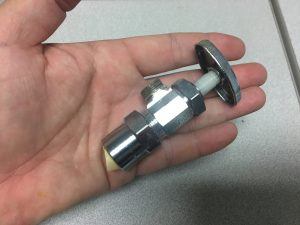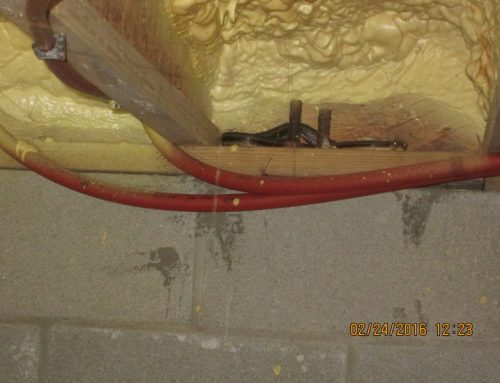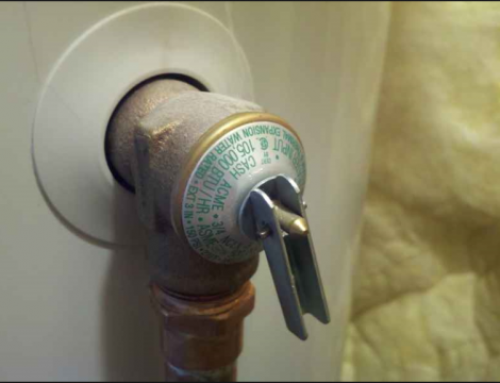 Can you guess what this is that I am holding in my hand? All of you DIYs out there probably do as well as anyone who has had to turn off the water under their sink. The real question is…why am I holding it in my hand and why does there look like there is still CPVC pipe attached?? Well, it’s a funny story….
Can you guess what this is that I am holding in my hand? All of you DIYs out there probably do as well as anyone who has had to turn off the water under their sink. The real question is…why am I holding it in my hand and why does there look like there is still CPVC pipe attached?? Well, it’s a funny story….
We decided to change out our master bathroom sink faucet. We did the first one two nights ago and it went off with a little difficulty but overall, it was fairly straightforward. So, my beloved wife tackled the second sink yesterday while I was at work since she was off for the summer. Unbeknownst to either one of us, the CPVC was quite brittle and as soon as a little pressure was applied, water shot her right in the face and began to fill up the bathroom. She was able to get the water stopped at the main but not until the bathroom had around 1” of standing water. Awesome. We called a disaster team as well as a plumber and $700 later, we have working sinks again as well as piles of wet towels and really loud fans drying out our bathroom!
Installing new sink faucets can be a little tricky when you do them yourself. However, you can save a bunch of money and they really are not that hard PROVIDED you follow the following installation suggestions:
- Always know where your water shutoff valve is located. If you do not know where the water shutoff is located, stop right there and do not proceed any further. If you break the pipe (like we did) and you cannot stop the water, a minor inconvenience can turn into a major disaster within minutes.
- Turn off the water at the main. This is where we failed. Also, when turning it back on, make sure someone is in the area where the new faucet was installed so they can yell to you if it has ruptured.
- Treat the pipe like it is a new kitten. The pipe leading from the wall should be handled gently and with great care. Older pipe, especially CPVC, should be treated with extreme care as it tends to be very brittle and the slightest torsion can result in rupture. BTW, CPVC is white / yellow and looks like regular PVC pipe but it can also be used for hot water whereas PVC cannot.
- Contact a disaster professional IMMEDIATELY if the worst occurs. If your bathroom or kitchen or wherever your new faucet is being installed is full of water, you DO NOT have enough towels to clean it up on your own. Know who you will call if a rupture occurs and too much water has filled your room. This is especially true if you are on a crawlspace or are near hardwood floors. Remember, water will seep under the walls as well which is why disaster professionals are so important: they get ALL of the water out.
Last word: don’t let our little misadventure turn you off of DIY faucet installation. I’ve done many of them and, in talking with the plumber last night, this can happen to anyone and it has even happened to him…in someone else’s home! But, the damage was minimized because he planned for a failure.
God’s peace,
Howard D. Althen, PE
President, Spartan Inspection Services, LLC



